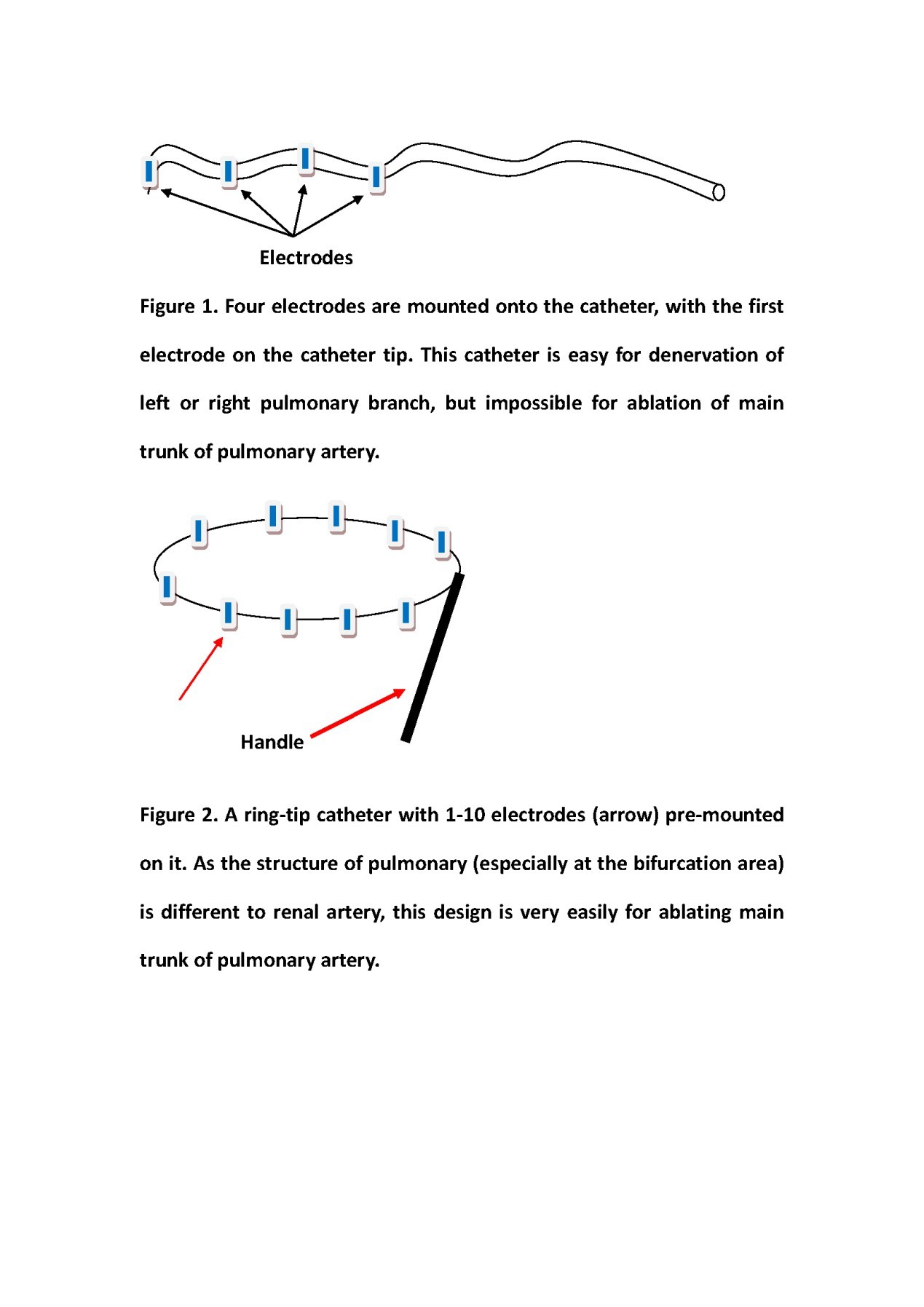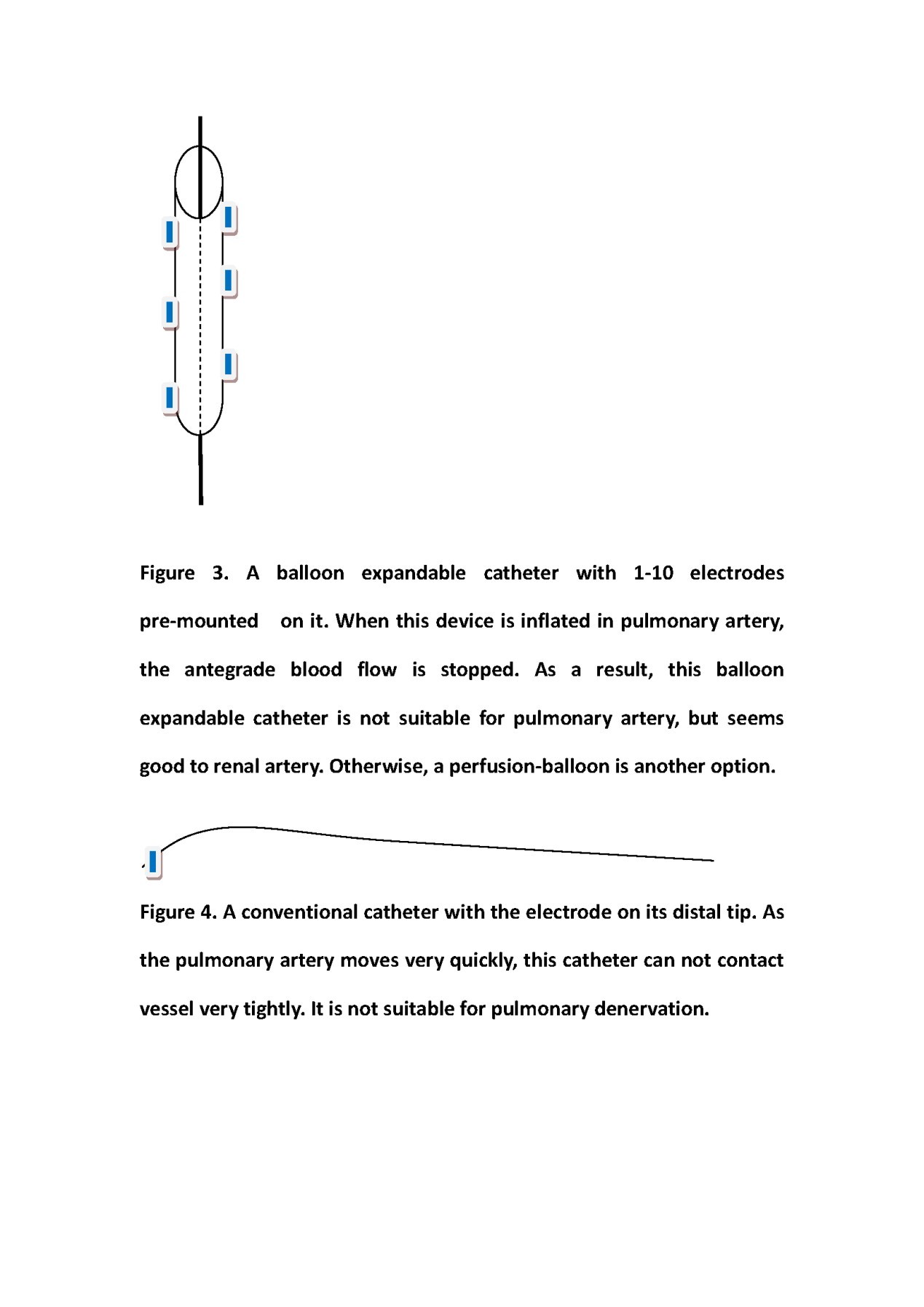Pulmonary hypertension, sympathetical nerves and pulmonary denervation
Shao-Liang Chen, MD
Nanjing First Hospital, Nanjing Medical University, Nanjing, China
Pulmonary arterial hypertension is defined as a group of diseases characterised by a progressive increase in pulmonary vascular resistance resulting in right heart failure and premature death. Recent therapeutic advances have improved treatment options including prostanoids, endothelin-receptor antagonists and the phosphodiesterase type-5 inhibitors. A meta-analysis of controlled trials demonstrated a reduction in mortality of the patients using the targeted therapies approved for pulmonary arterial hypertension (PAH). However, there is no cure for PAH and it remains a life-threatening disorder even though these therapies improve symptoms, haemodynamics and outcomes.
The pathogenesis of PAH is complicated and still largely unknown. In particular, the role of sympathetic nerve activation remains unsettled. Historically, several studies have demonstrated that distention and occlusion of one branch of the pulmonary artery by the use of balloons and non-occlusive inflatable cuffed cylinders led to significant increases of pulmonary arterial pressure (PAP) and pulmonary vessel resistance (PVR). Of note, the increase of PAP and PVR induced by pulmo-pulmonary reflex was confirmed. To clarify the underlying mechanisms involved in this procedure, experimental study showed that pulmonary hypertension may be secondary to the distention of the main pulmonary artery by excitation of stretch receptors in or near the bifurcation area of the main pulmonary artery. In addition, the efferent limb of this reflex was predominantly mediated by the adrenergic nervous system.
Furthermore, the role of over-activation of pulmonary sympathetical nerves in PAH in five groups according to WHO classification still remains unknown also. One imagination is that sympathetical activity should be over-activated more further in patients with PAH secondary from left heat disease (LHD) or induced by hypoxia.
Taken together, our work should pioneer the non-drug therapy, which means that denervation of pulmonary artery (blocking sympathetical nerves along the pulmonary tree) would be an option for treatment of PAH. Denervation of renal artery has been tested to treat refractory hypertension in both animal model and patients. This provides the evidence that local denervation of sympathetical nerves is effective for systematical hypertension, an evidence for treating PAH.
Here, we report for the first time that our four devices have been used in our animals (Figure 1-4). After the animal study, we have stronger confidence that Device 2 (Figure 2) is better when compared to others.


|

